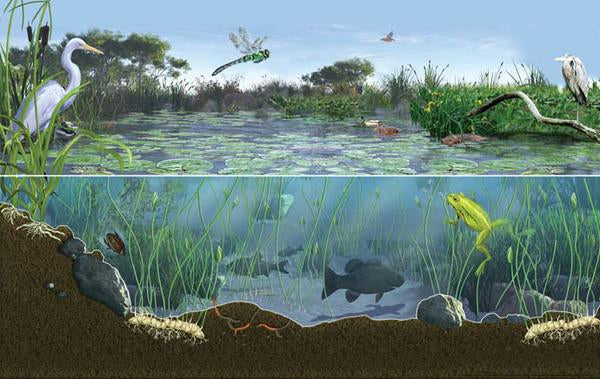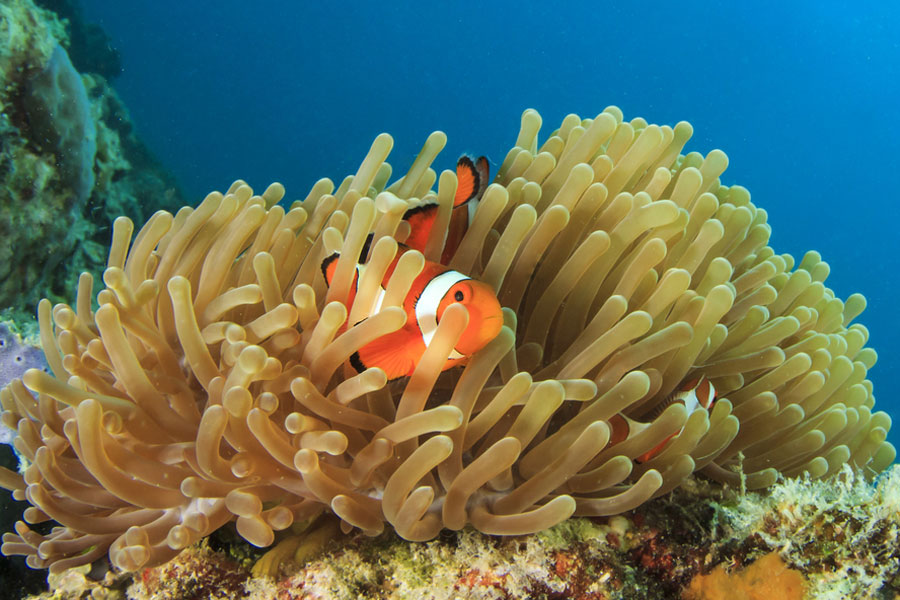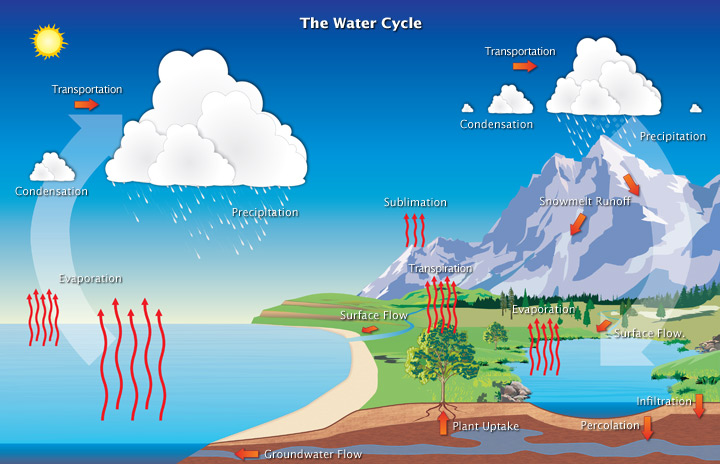LEARNING INTENTIONS:
- To explore how audience & industry are (re)shaped by converged technology (aka…the internet & smartphones)
- To explore the impact (converged) technology on the relationship between audience & star image.
We will be able to answer the following Media Ecology questions by the end of this lesson:
- “To what degree has the smartphone revolutionised the audiences and institutions…using the music industry as a case study.”
- “Convergence of the media has led to a more democratised media ecology.”
- “Analyse the significance of a particular technological development in the media”.

The rise of converged technology has been exponential in recent years – you have known no different but even in your lifetime, think of how worn technology such as the smartwatch has been developed. Converged technology and in particular, the smart phone has revolutionised how media is made, distributed and consumed.
Converged Technology can be classified as a DISRUPTOR.
Task 1
- Name as many different types of converged technology as you can (Remember the Generation Game we played in the Music Industry module?)
Task 2
- List as many ways you can think of, that the Smartphone has impacted on the production and consumption of music in recent years?
Remember the Integrated Advertising vide by Satchi and Satchi….when advertising & music used to be a one way transaction but now it is an interactive and synergised product?
Task 3
- Read the theorist post on Shirky in the class blog and make some notes….or…discuss:
“Our social tools are not an improvement to modern society, they are a challenge to it.” Case study, Andrew Tate & Greta Thunberg.
Then read why Shirky is important for independent study.
Task 4
In pairs, you will be allocated a particular impact of technology on society.

Consider how the smart phone has impacted and disrupted the media (use the music industry if stuck) in relation to your allocated area.
One on piece of A4 – create a slogan that sums up your thinking and on the back list in clear writing @ 3 facts, stats, quotes, case studies that will act as evidence to your slogan/focus area.
Show your findings as a placard as though you were in a march/demo in favour of or against technology and democratisation of the media as a good thing for society.
Decide which side you’re on…
The areas are:
-
- participation & community
- interaction
- identity
- immediacy & urgency
- sensationalism
- clickbait
- fake news
- democratisation
- family
You will be asked to present your placard and describe your slogan and point of view to the class using examples to the class.
Task 5
Independent Study.
- Using the presentation in classroom called Technological Influence in the Media, create a slide and add in 2 x photos of your slogan and your facts and stats. Then annotate the slide with relevant theories that would help support your findings and any other key concepts, debates that you think are also relevant to your observations.

:max_bytes(150000):strip_icc()/115085830-56a4b9aa3df78cf77283f46b.jpg)





